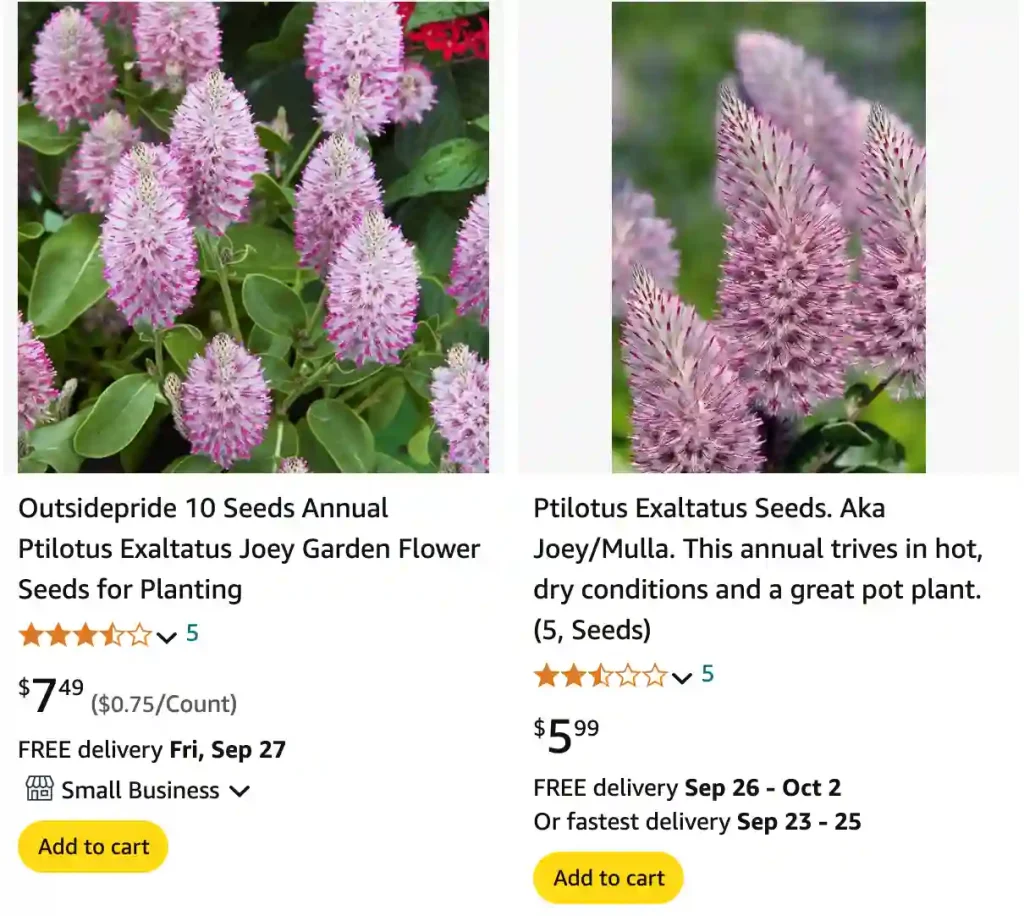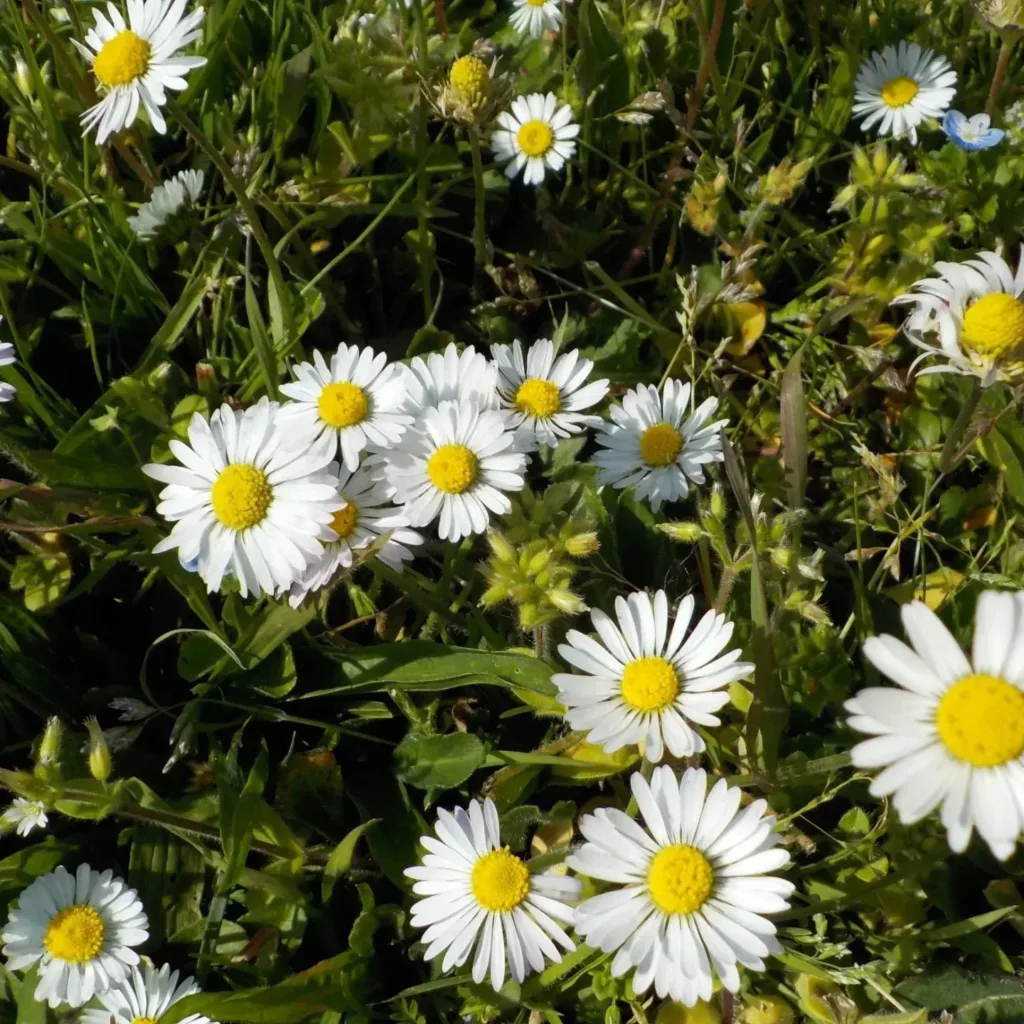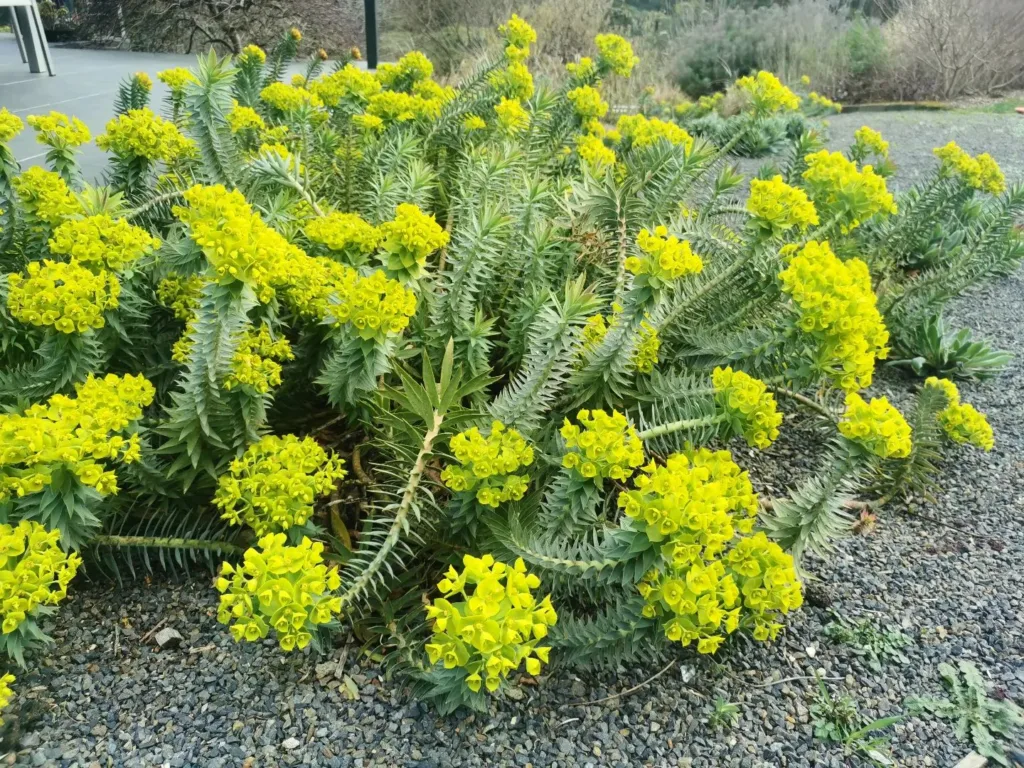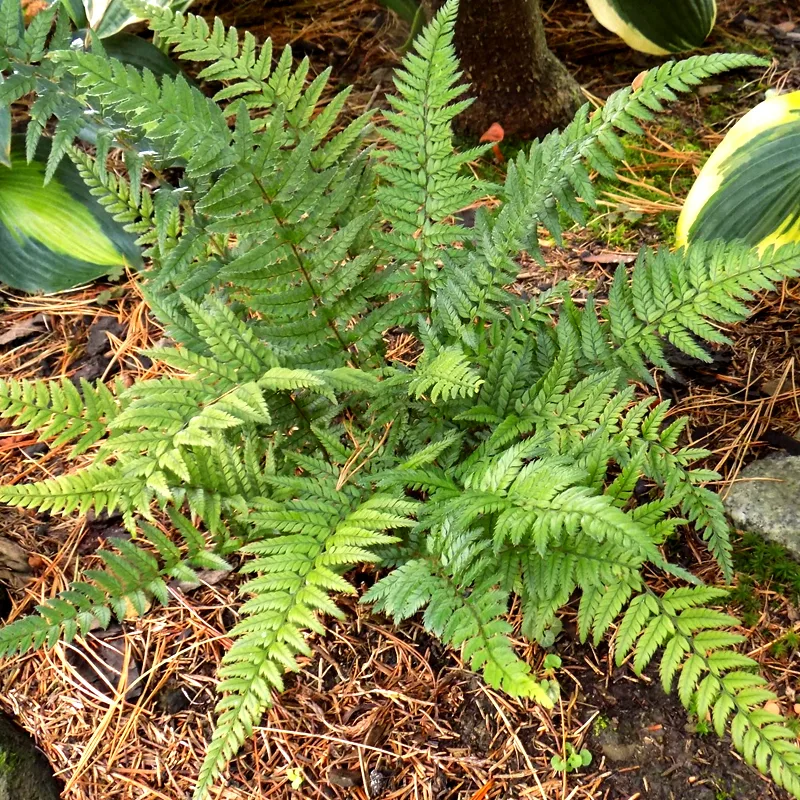
What is Ptilotus?
Ptilotus, often called “Mulla Mulla”, is a genus of flowering plants native to Australia. The name Ptilotus comes from the Greek words “ptilon,” meaning feather, and “lotos,” meaning lotus, which reflects the plant’s feathery flower heads. These plants are admired for their striking, bottlebrush-like blooms that can range in color from pink and purple to yellow and red. They belong to the Amaranthaceae family and are known for their resilience in arid conditions.
Ptilotus species
- Ptilotus actinocladus T.Hammer & R.W.Davis
- Ptilotus aervoides (F.Muell.) F.Muell.
- Ptilotus albidus (C.A.Gardner) Benl
- Ptilotus alexandri Benl
- Ptilotus andersonii R.W.Davis
- Ptilotus angustifolius (Benl) T.Hammer
- Ptilotus aphyllus Benl
- Ptilotus appendiculatus Benl
- Ptilotus aristatus Benl
- Ptilotus arthrolasius F.Muell.
- Ptilotus astrolasius F.Muell.
- Ptilotus auriculifolius (A.Cunn. ex Moq.) F.Muell.
- Ptilotus axillaris (F.Muell. ex Benth.) F.Muell.
- Ptilotus barkeri Benl
- Ptilotus beardii Benl
- Ptilotus beckerianus (F.Muell.) F.Muell. ex J.M.Black
- Ptilotus benlii R.W.Davis & T.Hammer
- Ptilotus blackii Benl
- Ptilotus brachyanthus (F.Muell. ex Benth.) F.Muell.
- Ptilotus caespitulosus F.Muell.
- Ptilotus calostachyus (F.Muell.) F.Muell.
- Ptilotus capensis (Benl) A.R.Bean
- Ptilotus capitatus (F.Muell.) C.A.Gardner
- Ptilotus carinatus Benl
- Ptilotus carlsonii F.Muell.
- Ptilotus chamaecladus Diels
- Ptilotus chippendalei Benl
- Ptilotus chortophytus (Diels) Schinz
- Ptilotus chrysocomus R.W.Davis
- Ptilotus clementii (Farmar) Benl
- Ptilotus clivicola R.W.Davis & T.Hammer
- Ptilotus comatus Benl
- Ptilotus conicus R.Br.
- Ptilotus corymbosus R.Br.
- Ptilotus crinitus T.Hammer & R.W.Davis
- Ptilotus crispus Benl
- Ptilotus crosslandii (F.Muell.) Benl
- Ptilotus daphne Lally
- Ptilotus davisii T.Hammer
- Ptilotus decalvatus Benl
- Ptilotus decipiens (Benth.) C.A.Gardner
- Ptilotus declinatus Nees
- Ptilotus disparilis Lally
- Ptilotus dissitiflorus (F.Muell.) F.Muell.
- Ptilotus distans (R.Br.) F.Muell.
- Ptilotus divaricatus (Gaudich.) F.Muell.
- Ptilotus drummondii (Moq.) F.Muell.
- Ptilotus eremita (S.Moore) T.Hammer & R.W.Davis
- Ptilotus eriotrichus (W.Fitzg. ex Ewart & Jean White) P.S.Short
- Ptilotus erubescens Schltdl.
- Ptilotus esquamatus (Benth.) F.Muell.
- Ptilotus exaltatus Nees
- Ptilotus exiliflorus R.W.Davis
- Ptilotus extenuatus Benl
- Ptilotus falcatus R.W.Davis & T.Hammer
- Ptilotus fasciculatus W.Fitzg.
- Ptilotus fusiformis (R.Br.) F.Muell.
- Ptilotus gardneri Benl
- Ptilotus gaudichaudii (Steud.) J.M.Black
- Ptilotus giganteus (A.Cunn. ex Moq.) R.W.Davis & R.Butcher
- Ptilotus gomphrenoides F.Muell. ex Benth.
- Ptilotus grandiflorus F.Muell.
- Ptilotus halophilus R.W.Davis
- Ptilotus helichrysoides (F.Muell.) F.Muell.
- Ptilotus helipteroides (F.Muell.) F.Muell.
- Ptilotus holosericeus (Moq.) F.Muell.
- Ptilotus humilis (Nees) F.Muell.
- Ptilotus incanus (R.Br.) F.Muell.
- Ptilotus indivisus Benl
- Ptilotus johnstonianus W.Fitzg.
- Ptilotus kenneallyanus Benl
- Ptilotus lanatus A.Cunn. ex Moq.
- Ptilotus latifolius R.Br.
- Ptilotus lazaridis Benl
- Ptilotus leucocoma (Moq.) F.Muell.
- Ptilotus lophotrichus Benl
- Ptilotus luteolus (Benl & H.Eichler) R.W.Davis
- Ptilotus maconochiei Benl
- Ptilotus macrocephalus (R.Br.) F.Muell.
- Ptilotus manglesii (Lindl.) F.Muell.
- Ptilotus marduguru Benl
- Ptilotus mitchellii Benl
- Ptilotus modestus T.Hammer
- Ptilotus mollis Benl
- Ptilotus murrayi F.Muell.
- Ptilotus nobilis (Lindl.) F.Muell.
- Ptilotus obovatus (Gaudich.) F.Muell.
- Ptilotus parviflorus (Lindl.) F.Muell.
- Ptilotus parvifolius (F.Muell.) F.Muell.
- Ptilotus pedleyanus Benl & H.Eichler
- Ptilotus polakii F.Muell.
- Ptilotus polystachyus (Gaudich.) F.Muell.
- Ptilotus procumbens Benl
- Ptilotus propinquus Lally
- Ptilotus pseudohelipteroides Benl
- Ptilotus psilorhachis T.Hammer & R.W.Davis
- Ptilotus pyramidatus (Moq.) F.Muell.
- Ptilotus remotiflorus Benl
- Ptilotus rigidus Lally
- Ptilotus robynsianus Benl
- Ptilotus roei (F.Muell. ex Benth.) F.Muell.
- Ptilotus rotundatus Benl
- Ptilotus rotundifolius (F.Muell.) F.Muell.
- Ptilotus royceanus Benl
- Ptilotus schwartzii (F.Muell.) Tate
- Ptilotus semilanatus (Lindl.) J.M.Black
- Ptilotus seminudus (J.M.Black) J.M.Black
- Ptilotus senarius A.R.Bean
- Ptilotus sericostachyus (Nees) F.Muell.
- Ptilotus sessilifolius (Lindl.) Benl
- Ptilotus spathulatus (R.Br.) F.Muell.
- Ptilotus spicatus F.Muell. ex Benth.
- Ptilotus stipitatus Benl
- Ptilotus stirlingii (Lindl.) F.Muell.
- Ptilotus subspinescens R.W.Davis
- Ptilotus symonii Benl
- Ptilotus tetrandrus Benl
- Ptilotus trichocephalus Benl
- Ptilotus uncinellus (A.R.Bean) T.Hammer
- Ptilotus unguiculatus T.Hammer
- Ptilotus villosiflorus F.Muell.
- Ptilotus whitei (J.M.Biack) Lally
- Ptilotus wilsonii Benl
- Ptilotus xerophilus T.Hammer & R.W.Davis
- Ptilotus yapukaratja R.W.Davis & T.Hammer
How to Pronounce Ptilotus?
First things first: pronunciation. “Ptilotus” is pronounced as “tih-LOH-tus.” It’s derived from Greek, where “ptilo” means “feather,” which refers to the plant’s feathery flower spikes. Getting the pronunciation right can help you sound knowledgeable when discussing this plant with fellow enthusiasts or at the nursery.
How to Care for Ptilotus?
Caring for Ptilotus plants can be quite straightforward if you keep a few key factors in mind:
- Sunlight: Ptilotus thrives in full sun. It requires at least 6 hours of direct sunlight each day to encourage healthy growth and vibrant blooms.
- Soil: These plants prefer well-draining soil. A sandy or loamy soil mix with good drainage is ideal. They do not like sitting in waterlogged conditions, so ensure the soil is neither too compacted nor too heavy.
- Watering: Ptilotus is drought-tolerant and does not need frequent watering. Allow the soil to dry out between waterings. Overwatering can lead to root rot and other issues.
- Temperature: They are well-suited to warm climates. Ptilotus can tolerate mild frost, but prolonged exposure to freezing temperatures should be avoided.
- Fertilizing: Feed your Ptilotus with a balanced, water-soluble fertilizer during the growing season. However, they do not require frequent feeding. Too much fertilizer can hinder blooming.
How to Propagate Ptilotus?
Propagating Ptilotus can be done through seeds or cuttings:
- Seeds: Start seeds indoors about 6-8 weeks before the last frost date. Sow the seeds in a seed-starting mix and keep them warm and moist until germination. Once seedlings are large enough to handle, transplant them into individual pots or directly into the garden.
- Cuttings: Take 4-6 inch cuttings from healthy Ptilotus plants in late spring or early summer. Remove the lower leaves and dip the cut end in rooting hormone. Plant the cutting in a well-draining potting mix and keep it in a warm, sunny location. Roots should develop in a few weeks.
What to Plant with Ptilotus?
Ptilotus pairs beautifully with other drought-tolerant and low-maintenance plants. Some great companions include:
- Sedums: Their succulent leaves and similar water needs complement Ptilotus.
- Lavender: The contrast between Ptilotus’ vibrant flowers and lavender’s muted hues creates an attractive display.
- Grasses: Ornamental grasses such as Blue Fescue or Feather Grass provide a textural contrast to Ptilotus’ blooms.
Is Ptilotus Toxic?
Ptilotus is not known to be toxic to humans or animals. However, as with any plant, it’s a good idea to keep it out of reach of pets and children who might be tempted to chew on it. Always consult a local expert or poison control center if you suspect ingestion.
Benefits of Growing Ptilotus
Growing Ptilotus has several benefits:
- Low Maintenance: They are hardy and require minimal care, making them ideal for busy gardeners.
- Drought Tolerance: Perfect for xeriscaping, they thrive in dry conditions and require less water than many other plants.
- Aesthetic Appeal: Their unique, colorful blooms add visual interest to any garden or landscape.
Common Problems with Ptilotus
While Ptilotus is relatively trouble-free, a few issues can arise:
- Root Rot: This can occur if the plant is overwatered or the soil does not drain well.
- Pest Infestations: Watch out for aphids and spider mites, which can occasionally affect the plant. Regular inspections and proper care can help manage these pests.
- Fungal Diseases: In humid conditions, fungal issues like powdery mildew might occur. Ensure good air circulation around the plants and avoid overhead watering to prevent this.
Comparing Ptilotus with Similar Plants
Ptilotus is sometimes confused with other plants due to its unique flower structure. Here’s how it compares with a few similar plants:
- Callistemon (Bottlebrush): Like Ptilotus, Callistemon has a bottlebrush-like appearance. However, Callistemon is a shrub and typically requires more water and care.
- Banksia: Another Australian native, Banksia shares the striking floral display of Ptilotus but grows much larger and requires different growing conditions.
- Leucospermum (Pincushion Protea): This plant also features unique blooms, but unlike Ptilotus, it often requires more specific soil conditions and regular watering.
In conclusion, Ptilotus is a fascinating and beautiful plant that can enhance any garden with its vibrant colors and unique shape. Its low maintenance needs make it a great choice for those looking to add some flair to their outdoor spaces with minimal fuss.
If i die, water my plants!



